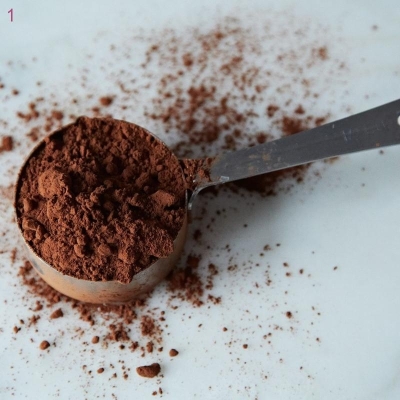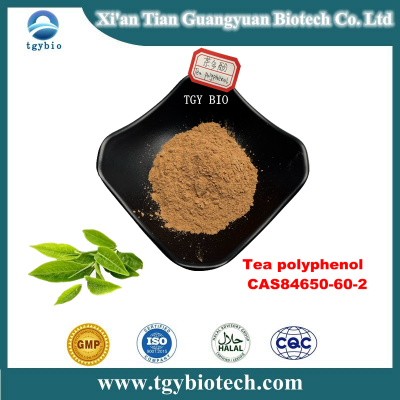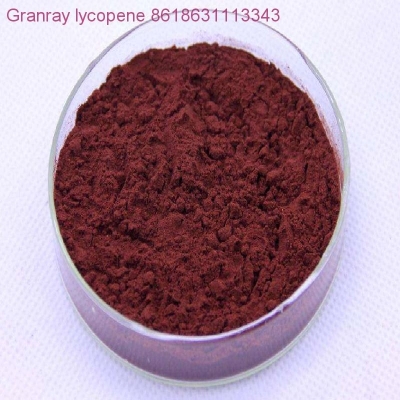-
Categories
-
Pharmaceutical Intermediates
-
Active Pharmaceutical Ingredients
-
Food Additives
- Industrial Coatings
- Agrochemicals
- Dyes and Pigments
- Surfactant
- Flavors and Fragrances
- Chemical Reagents
- Catalyst and Auxiliary
- Natural Products
- Inorganic Chemistry
-
Organic Chemistry
-
Biochemical Engineering
- Analytical Chemistry
-
Cosmetic Ingredient
- Water Treatment Chemical
-
Pharmaceutical Intermediates
Promotion
ECHEMI Mall
Wholesale
Weekly Price
Exhibition
News
-
Trade Service
With the post-90s and post-95s becoming the main force of consumption in the maternal and infant industry, how to correctly add high-quality food to infants and young children is the hard demand of the new generation of parents
At present, the food standards for infants and young children under the national compulsory standards are related to the "National Food Safety Standard Cereal Supplementary Food for Infants and Young Children" (GB 10769-2010) and the "Food Safety Standard for Canned Complementary Foods for Infants and Young Children" (GB 10770-2010) ) two standards, mainly aimed at grain-based complementary foods (processed and added with nutritional fortifiers), such as fortified rice flour, molar sticks and other complementary foods made of grains, and canned foods, such as puree, jam, vegetable puree, Meat
The difference between a product that implements the "Baby Label" and a product that implements the National Food Safety Standard is that it requires nutritional fortification.
Song Liang, an industry analyst, once said that complementary food is a special food for infants and young children.
On the other hand, the current speed of product upgrading is much faster than the speed of "baby label" improvement, which has caused many products on the market not to fall within this range
Industry experts said that attention should be paid to distinguishing complementary foods from snacks, and children can eat less between meals
"General Requirements for Children's Snacks" stipulates that children's snacks of 3-12 years old should be less added sugar, salt and oil, low-salt (sodium content < 120mg/100g, NRV < 5%), low-sugar food (sugar content ≤ 5g/100g) or 100ml), should not contain trans fatty acids, and should not use irradiated raw materials; and proposed that the food additive indicators of children's snacks should be in line with the standards for infant food supplements, and the use of preservatives, artificial colors, sweeteners, etc.
"Baby Label" undoubtedly puts forward higher and more comprehensive technical requirements and product guarantees for the processing of zero and complementary food, which also requires corresponding manufacturers and brand enterprises to pay higher costs to create products.
Responsible editor: Zhang Jiazhen Review: Peng Zonglu







